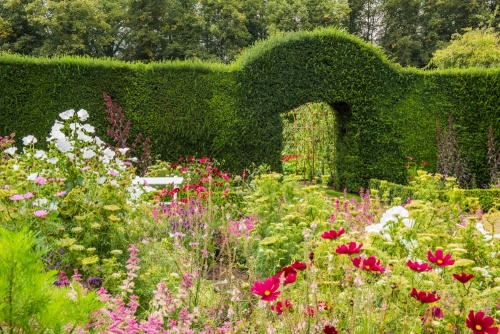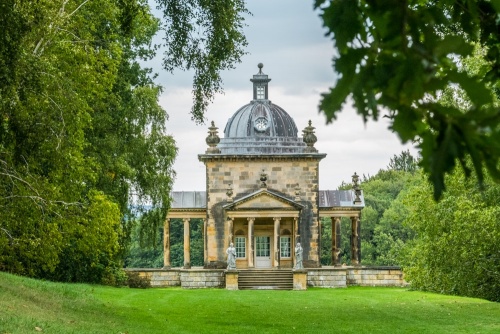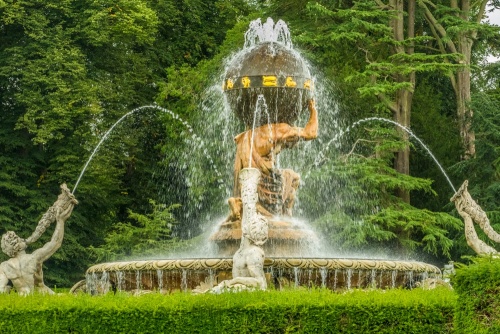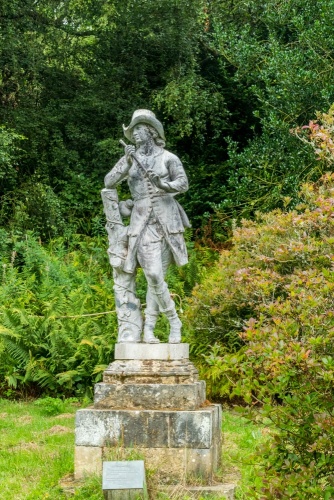
The extensive gardens and grounds at Castle Howard provide an ideal setting for the house. Here a few selected highlights you will find as you wander throughout the grounds.
Ray Wood
This delightful stand of woodland garden stands on a small rise to the west of the house. Serpentine trails wind through the wood, at the top of which stands The Reservoir, a lovely pool dating from the 1850s which feeds the fountains in the gardens below. The woods are notable for the profusion of rhododendrons, with over 800 species planted amidst azaleas, wild roses, and magnolias.

Temple of the Four Winds
Built to a design by Vanbrugh, this classical domed temple with four porticoes stands at the south-west corner of Ray Wood. The temple, originally dedicated to Diana, was completed in 1739, long after Vanbrugh's death. The temple gives wonderful views to the New River Bridge and the Mausoleum.

The Mausoleum
Sadly not open to visitors, the circular Mausoleum is the burial place for members of the Howard family. It was begun by the 3rd Earl in 1729 to a design by Nicholas Hawksmoor. It was not completed until the 1740s, long after the Earl's death. He was first interred at the parish church of Bulmer, but his body was moved to the Mausoleum in 1744. The dome, which rises to a height of 90 feet, is supported by a series of 20 pillars.
The Frog Pond
The South Lake feeds into this small, elongated pond over a cascade. Beside the pond stands a delightful statue of a shepherd boy. Rest upon a park bench beside the water and enjoy the views toward the distant Mausoleum.

The South Parterre and Atlas Fountain
Where Ray Wood is decidedly informal, the South Parterre is very formal indeed, with low, clipped hedges lining plain grass lawns and gravel walks in a geometrically precise pattern below the house. The centrepiece of the parterre is the Atlas Fountain, a glorious sculptural extravagance built to a design by William Nesfield (1853). The parterre as it stands today is largely the result of renovations carried out by the 9th Countess in the 1890s, who replaced Nesfield's box hedges and gravel with grass terraces and yew.
Castle Howard Guide:
History of Castle Howard
The House
Gardens and Grounds
Visiting Castle Howard


